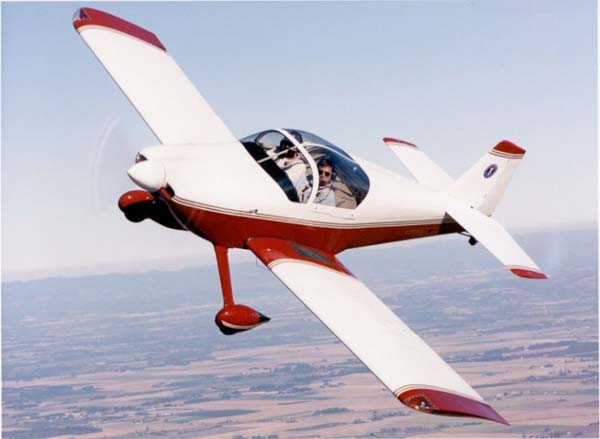|
The majority of the pilots I fly with are from out of town. They book their training with me approximately six to eight weeks in advance.
The training commences with the pilot completing a waiver form. After the paperwork is completed I have the pilot get in the airplane so we can fit him correctly to reach all necessary controls comfortably. Cushions must be placed or removed, depending on the size of the pilot-trainee. It is important to me that the student be as comfortable as possible before the prop starts turning.
Once the trainee is seated comfortably, I check that once we close the canopy that it does not interfere with his head or the headset.
The student is now familiarized with the controls, gauges, switches, flaps, layout of the instruments, the functioning of the rudder pedals. I will demonstrate and explain how the constant speed prop operates when the student has only fixed-pitch prop experience.
This is the time to talk about the basics, and not when the plane is moving 180 mph, up to his chin in work, holding altitude, holding heading, and trying to get familiar with the sensitivity of this high-performance aircraft.
Once this step is concluded, I will ask the student to step outside of the cockpit and do a thorough pre-flight inspection of the aircraft with me. At this point I will give the new RVer/Builder some insights and things to pay special attention to while this task is being performed.
After the inspection and walk-around, it’s time for the big moment, “’”
Lets go fly.
|
